

Climate Change in Namibia Part 2: Current and Projected Changes
29th October 2021
It is widely recognised that climate change was caused by the industrialisation of what are today's most developed countries. Since most of these are located in the northern hemisphere, they are collectively termed the Global North. These countries are generally wealthier and thus have more resources to devote to climate mitigation or adaptation strategies. Many of these countries have service-based economies (e.g. IT, manufacturing) that are a few steps removed from the natural world and will therefore not feel the impacts of climate change as quickly and severely as industries like agriculture and fisheries.
Developing countries in the Global South, however, have contributed a tiny fraction of the greenhouse gas emissions, yet are among the most vulnerable to the effects of climate change. They have fewer resources to devote to mitigation or adaptation and are more directly reliant on natural resources to support their economies. High poverty rates and low food security, particularly in rural areas, further increases the vulnerability of people living in the Global South to climate change.
Namibia is ranked 107th out of 182 countries on an index that combines a country's vulnerability (Namibia is 122nd) and readiness to adapt (Namibia is 104th) to climate change; Norway is ranked 1st and Chad last on this list. Not only does Namibia share many of the challenges with other countries in the Global South, but the semi-arid climate and widespread reliance on agriculture for rural livelihoods makes Namibians more vulnerable than most. Rates of human-wildlife conflict may also spike as elephants and humans compete for water and predators cause more livestock losses. The recent multi-year drought exposed many of these vulnerabilities, and climate change projections warn us that droughts will become more frequent in future.
The frequency of droughts already appears to be increasing, with one year of drought conditions recorded in the 1980s, three recorded in the 1990s, two in the 2000s, and three in the 2010s. The most recent of these was due to the near failure of the 2018/19 rains when most of Namibia experienced severe drought conditions (measured as a combination of rainfall, vegetation condition, surface temperature and soil moisture). An estimated one third of Namibians suffered food shortages, 90,000 livestock died between October 2018 and June 2019, and the City of Windhoek declared a water crisis. Although drought frequency seems to be increasing, mean annual rainfall for Namibia for 1901-2020 shows no discernible trend (see chart below).

Climate projections for Namibia indicate that annual temperatures are highly likely to continue increasing at a more rapid rate than they already are – possibly by as much as 4°C over the next century. The Namibian temperature projections are thus worse than the average projections for the globe. These projections are much less certain for mean annual precipitation where our best guess is a possible decline by 14% over the next century.
The recent Intergovernmental Panel on Climate Change (IPCC) report included an African regional factsheet showing the potential changes in temperature and precipitation (rainfall) if global temperatures were to continue increasing in the next century by 1.5, 2 or 4°C (see Africa maps below). Under all three scenarios, but with increasing severity, Namibia's maximum temperatures increase and annual precipitation decreases. Most climate projections for Namibia predict that it will get drier, droughts will become more frequent, fire conditions more prevalent (hot temperatures and high winds) and flooding events may become more frequent. Rainfall in Namibia is already highly variable and patchy, and this variability is expected to increase over time.
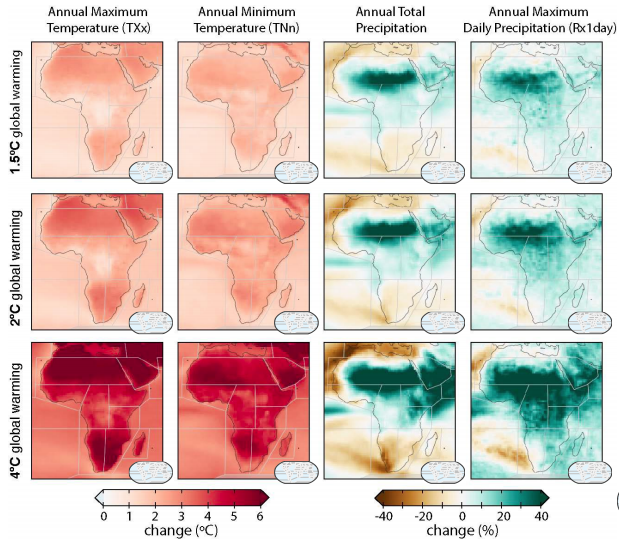
If the climate gets hotter and drier over time, we can expect that the area of land suitable for commercial livestock production will get progressively smaller (see Namibian map below). What Namibian rangelands will look like in future will not be solely determined by the climate, however. Land use and management have major impacts on the state of the vegetation and productivity of the land over time. The combination of continual grazing pressure and fire suppression, for example, caused bush thickening (encroachment) and declining farmland productivity in Namibia over the last century. How the land is managed will therefore intersect with the effects of climate change to determine Namibia's future prosperity.
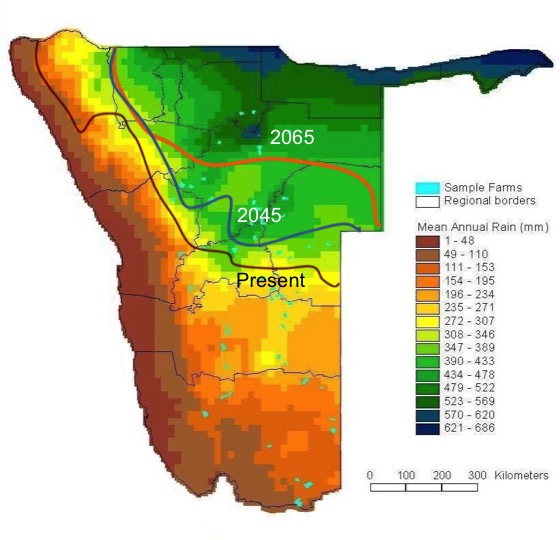
Predicting future conditions on the ground is not straightforward, and uncertainty exists within all projections for complex ecological systems. Nonetheless, given our current experience with increasing temperatures and more frequent droughts, and in light of climate projections that warn us to expect these trends to continue, it is clear that Namibia needs to adapt. How this can be done at both national and local levels is the subject of the next two articles in this series.
This post is part two in a series of four articles dealing with climate change in Namibia. Please click on the links below to view the others.
1: Defining the Terms 3: National Actions 4: Local ActionsFor articles on similar topics, please click one of the following options:
If you enjoyed this page, then you might also like:
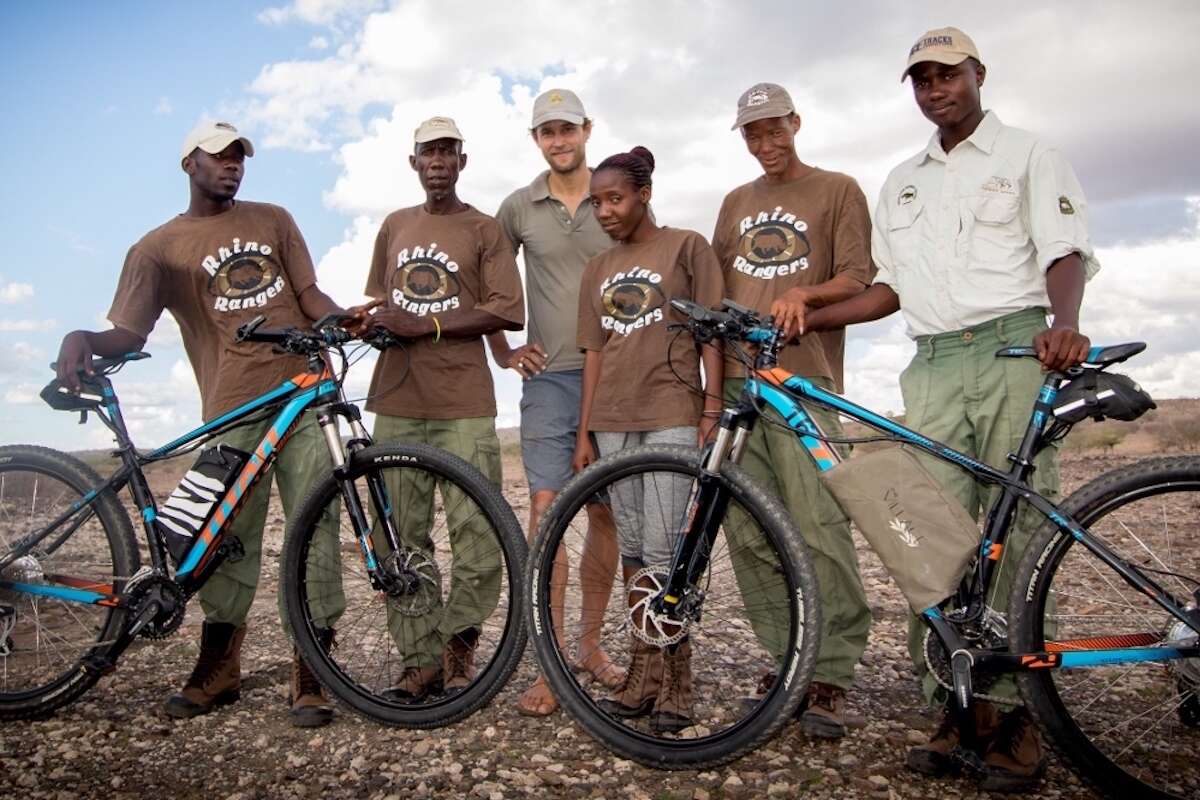

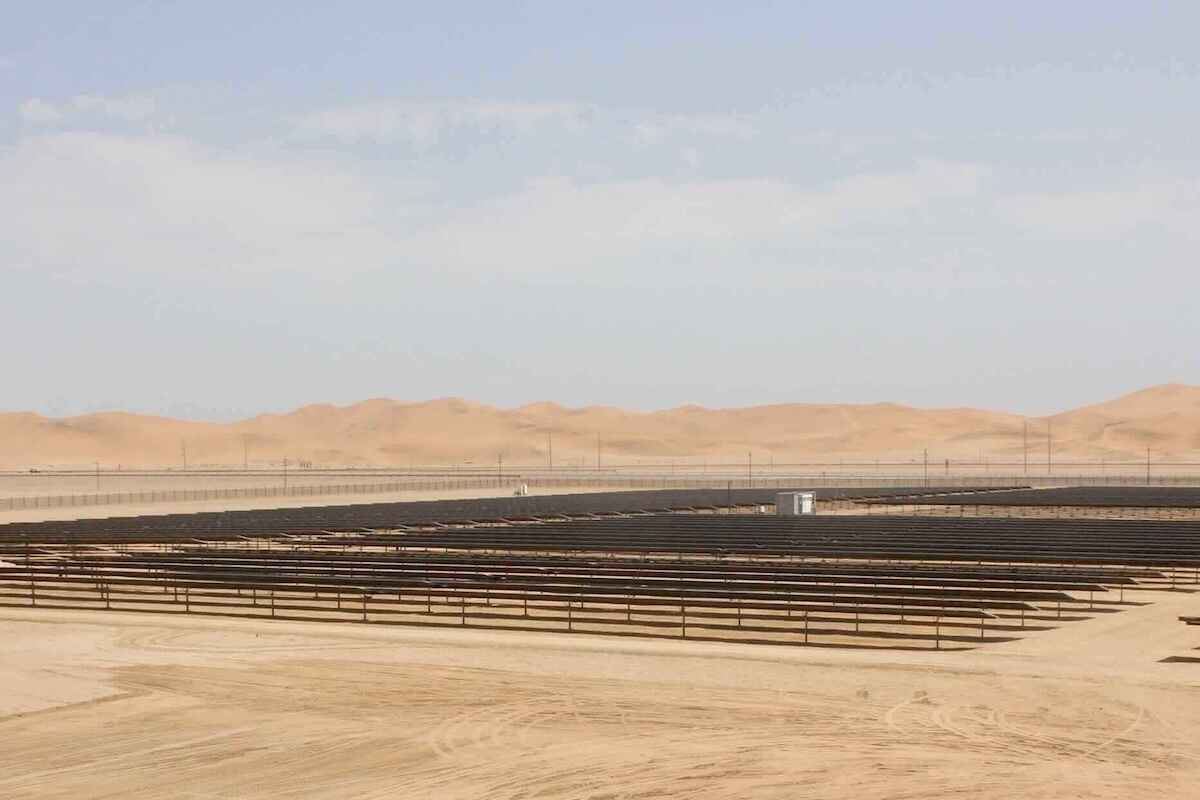
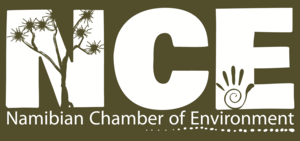
The Namibian Chamber of Environment (NCE) is an umbrella Association that provides a forum and mouthpiece for the broader environment sector, that can lobby with government and other parties, that can raise funds for its members and that can represent the sector.
www.n-c-e.orgThe Namibian Chamber of Environment (NCE) is an umbrella Association that provides a forum and mouthpiece for the broader environment sector, that can lobby with government and other parties, that can raise funds for its members and that can represent the sector.
www.n-c-e.org
Gail C. Thomson is a carnivore conservationist who has worked in South Africa, Namibia and Botswana on human-carnivore conflict, community conservation and wildlife monitoring. She is interested in promoting clear public communication of science and conservation efforts in southern Africa.
Gail C. Thomson is a carnivore conservationist who has worked in South Africa, Namibia and Botswana on human-carnivore conflict, community conservation and wildlife monitoring. She is interested in promoting clear public communication of science and conservation efforts in southern Africa.
We use cookies to monitor site usage and to help improve it. See our Privacy Policy for details. By continuing to use the site, you acknowledge acceptance of our policy.